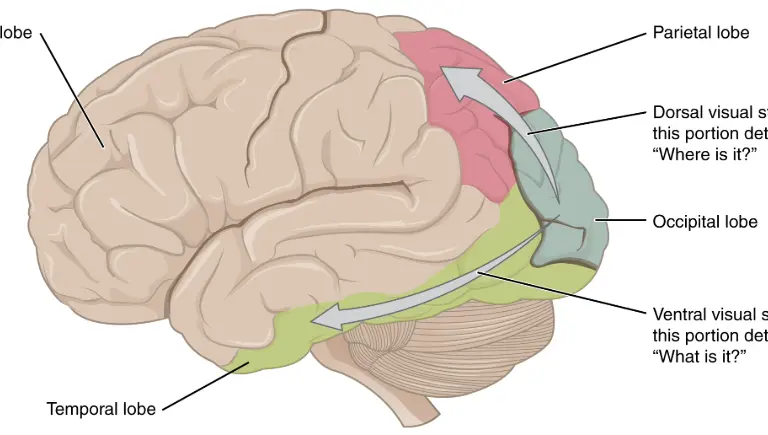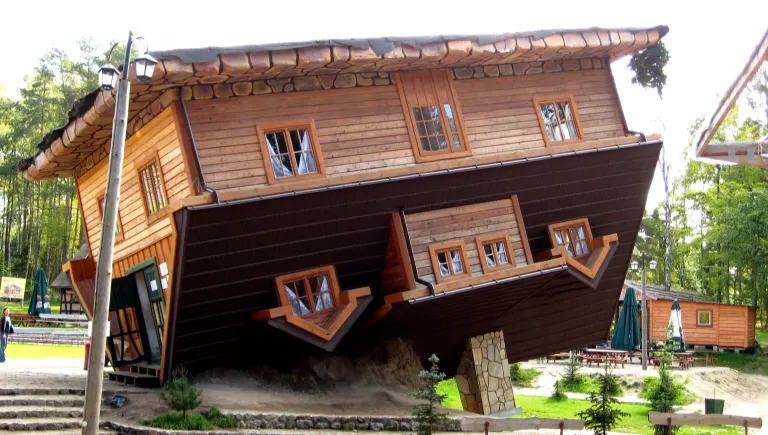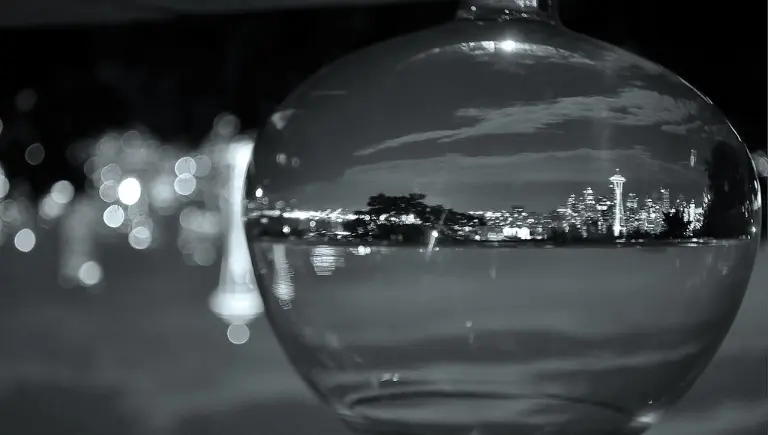The Place Where Gravity Doesn’t Work – Optical Illusions Explained in Mind-Bending Detail
Have you ever seen a place where you think gravity isn’t acting as it should? Maybe a hill looks flat, or a building seems to float in the air. These strange spots attract curiosity worldwide. People love to visit and try to explain what’s really happening.
Optical illusions are powerful tools that trick our eyes and brains. They make us believe something impossible is happening, like gravity disappearing or reversing. But the truth is, these illusions don’t change the laws of physics. They only play with perception. Our minds are easily fooled because they rely heavily on sight and previous experience. This article explores how optical illusions make us think gravity is bending, what places are famous for these tricks, and what they reveal about us.
The Science Behind Optical Illusions and Perception
Understanding Human Visual Perception

Humans interpret the world mainly through sight. When we see objects and slopes, our brains decide whether something is level or tilted. This process depends on clues from our eyes and inner balance sensors. The vestibular system, found in the inner ear, helps keep us balanced. It tells us if we’re upright, upside down, or tilting. When visual cues clash with what our inner ear senses, illusions happen.
💡 Did You Know?
Your brain processes over 80% of information through vision — making it easy to trick with optical illusions.
Psychological vs. Physical Illusions
Some illusions trick our minds but have no real physical change. For example, a straight line might seem crooked because of surrounding patterns. Others make us think the ground slopes when it doesn’t. These are psychological illusions caused by our brain trying to interpret ambiguous information. Actual gravity anomalies are rare and usually involve extreme environments like space or deep underground.
The Role of Light, Perspective, and Geometry
Lighting, angles, and design work together to create illusions. Think of a staircase painted to look like it’s going down, but it’s flat. Perspective tricks, like looking at a painting from a specific angle, can make walls or floors seem to curve or float. Knowing how these elements influence perception helps us understand why illusions seem so real.
Famous Locations Where Gravity Seems to Disobey
The Crooked Forest, Poland
This forest looks like trees are twisted at strange angles. But it’s all about natural growth and perspective. When viewed from a certain spot, the landscape appears warped, making it feel like gravity is bending. The terrain and trees grow in a way that confuses the eye.

The Upside-Down House, Poland
Buildings designed upside-down make it seem like gravity is reversed. Architects use clever angles and structural tricks to create this reality-bending illusion. You can walk in a house where floors and ceilings are inverted, but the laws of physics stay intact.

The Gravity Hill Phenomenon

In places called “gravity hills,” cars seem to roll uphill on their own. Countries like the USA, Austria, and India have famous spots. Despite appearances, there’s no physical change in gravity. Usually, the slope looks different from where you stand. Optical illusions play with perspective and surroundings to fool drivers into thinking they are going uphill.
📌 Quick Fact
Gravity hills are found in India (Tulsi Shyam), USA (California’s Mystery Spot), and Austria (Guggenberg Hill).
The Optical Illusion “The Falling Elevator”
Pictures of elevators that appear to be floating or falling come from clever visual tricks. Lighting, angles, and background scenery create a surreal effect. No actual movement occurs; it’s all about how the scene is captured and presented.
Scientific Explanations and Myth Busting
How Optical Illusions Trick Our Brain
Our brains rely on visual clues like lines, shadows, and angles to judge space and gravity. When these clues conflict, illusions happen. For example, parallel lines may look like they’re converging, tricking us into thinking something is tilted. Our brain fills in gaps based on past experiences, which sometimes leads to mistakes.
Common Misconceptions About Gravity Anomalies
People often believe these spots show real changes in gravity. But physics proves otherwise. No scientific evidence supports the idea that gravity can be turned off or reversed in these locations. Instead, illusions create false impressions that trick the eyes.
⚠️ Warning Box
These places don’t actually reverse gravity. It’s a trick of angles, slopes, and surroundings!
The Role of Architecture and Design
Architects and artists use illusions to surprise viewers. For instance, the famous “Optical Illusions House” in Poland uses design tricks to make you feel like the world is upside down. Such environments are meant to challenge perception and offer fun experiences.
Experiments and Interactive Ways to Experience Gravity Illusions
DIY Optical Illusions to Try at Home
Want to create your own gravity-defying tricks? Try these simple ideas:
- The tilted mug: Place a mug on a sloped surface. Use light and shadows to make it look like it’s floating.
- Walking on stairs: Paint staircase steps so some look like they’re descending or ascending. Walk in how they seem to change perspective.
- Pendulum trick: Hang a pendulum at an angle. It will seem to swing in strange ways depending on your position.

Virtual Reality and Augmented Reality Tools
VR and AR let you explore and create gravity illusions easily. Many apps simulate environments where physics appear to break down, giving you a real feel of defying gravity. Popular tools include Google Earth VR and illusion-specific apps like “GravitySketch.” They offer immersive experiences that deepen understanding.

Visiting Known Gravity-Defying Sites
Travelers can visit illusion spots for fun and education. When planning a trip, look for guided tours or museums specializing in optical illusions. Locations like Gravity Hill in New Jersey or the Upside-Down House in Poland are must-see attractions. Remember to view these from the right angles for the best experience.
Conclusion
Optical illusions show us how easily our brain can be fooled about gravity. They don’t break the laws of physics but play with perspective and perception. These tricks teach us how powerful our senses are and how much they depend on context. Visiting illusion sites and trying DIY experiments reveal fascinating truths about our minds. These wonders remind us that perception isn’t always reality, sparking curiosity and awe. Keep exploring — the world is full of incredible illusions waiting to be discovered.







